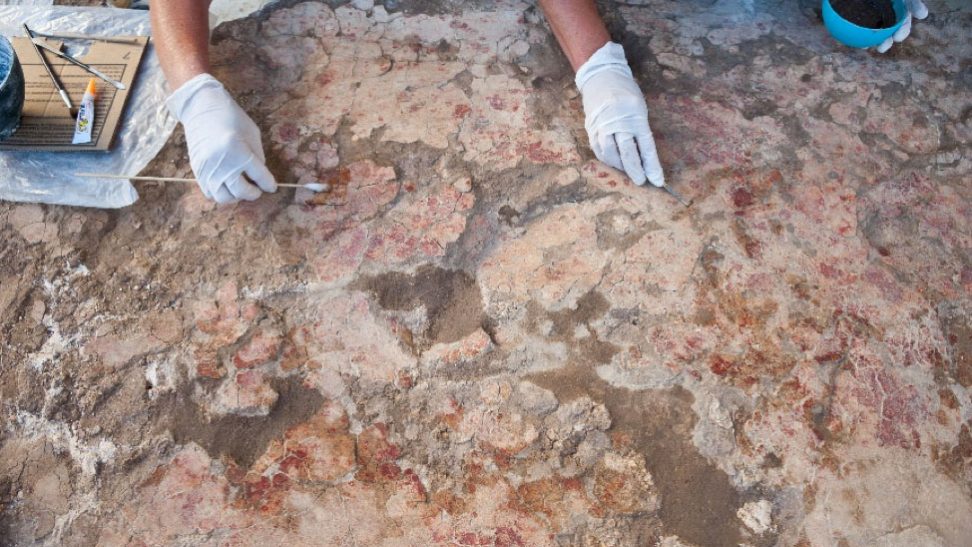
Archaeology of the beds I and II of the Olduvai Gorge (Tanzania): FLK ZINJ, DS, PTK, AGS, FLK West, TK and BK
Olduvai contains the best archaeological record during the first million years of human existence. A project that aims to reconstruct how human behavior arose and to do so, we try to know how the first sites of humanity were formed, so that once the activities that the first human beings carried out in them have been unraveled, we know how they lived and how they were adapted to the environment. With this objective, for years we have been reconstructing their landscapes in which they formed deposits in Olduvai.

Period
Period: Lower Pleistocene, specifically 1.9-1.3 million years.
Institution
Institute of Evolution in Africa (IDEA), Universidad de Alcalá de Henares.
Web and social networks
Principal Investigator(s)
Dr. Manuel Domínguez-Rodrigo and Dr. Enrique Baquedano
Institute of Evolution in Africa (IDEA), Universidad de Alcalá de Henares.
Audax Mabulla
University of Dar es Salaam, Tanzania
Location
Olduvai Gorge, Tanzania
LOCATION
RESULTS
- Discovery of the oldest remains of a Homo erectus-like creature and demonstration that it lived alongside Homo habilis and Paranthropus.
- First remains of infant Homo habilis individuals. Not yet studied, but of great importance to determine when they became independent from maternal/paternal care.
- First remains of a skeleton of Paranthropus boisei. Until then it was unknown how these creatures were from the neck down. The relevance of the discovery showed that at a date as late as just over a million years ago these creatures were still arboreal.
- Discovery of the first case of porotic hyperostosis in a child, which demonstrates the existence of a physiology accustomed to regular meat consumption 1.5 million years ago.
- In addition, we have discovered a series of new deposits in the oldest part of the gorge (the object of the current project), which are the first deposits with entity (i.e., great density of remains) discovered in Olduvai in more than half a century.
- A dozen hominid fossils whose taxonomic and biomechanical study is underway.
- Discovery of FLK West, at the base of bed II: the oldest Achellenic site in Olduvai and one of the three oldest in the world. It contains the oldest documented two-sided complex to date. It is a unique window into the cognitive world of the 1.7 million year old hominids.
PICTURES
Autor: Fundación Palarq
La Fundación Palarq es una entidad privada y sin ánimo de lucro que se crea con la finalidad de apoyar las Misiones en Arqueología y Paleontología Humana Españolas en el extranjero, excluyendo Europa, dentro de una perspectiva que abarca desde la etapa paleontológica a las épocas prehistóricas y las históricas en interés monumental



























